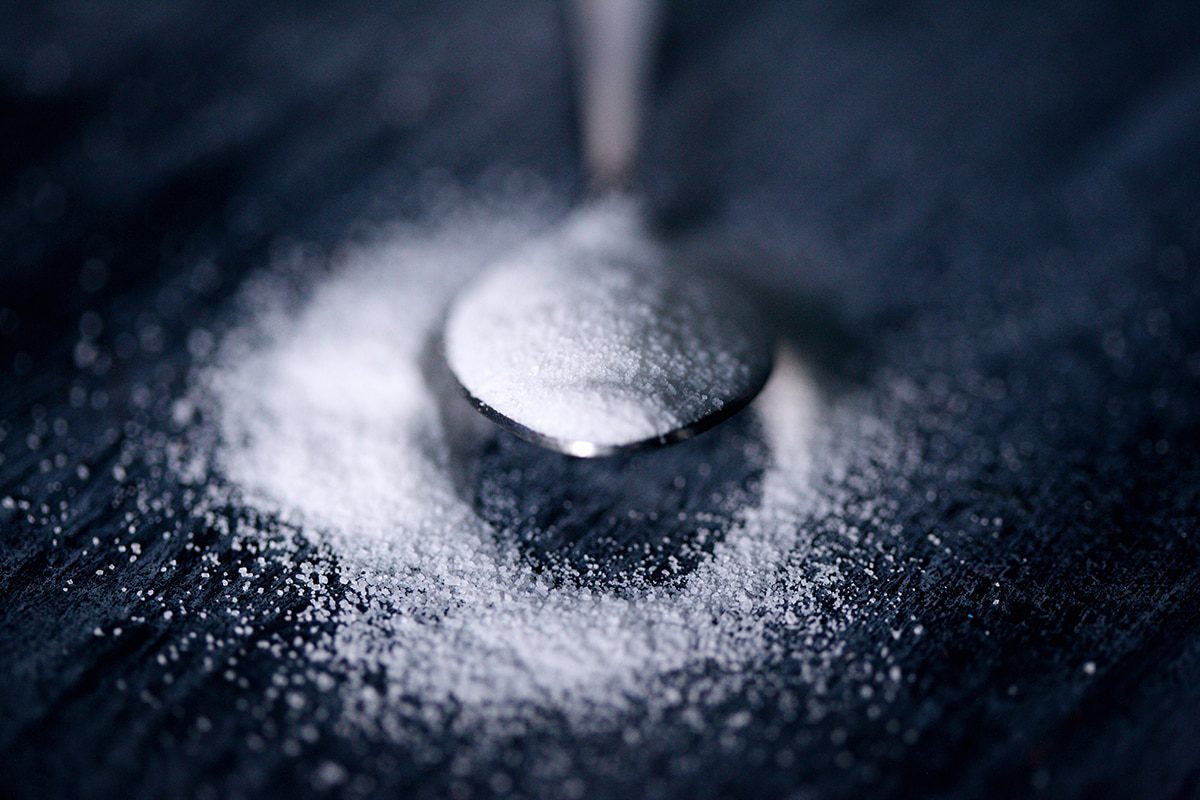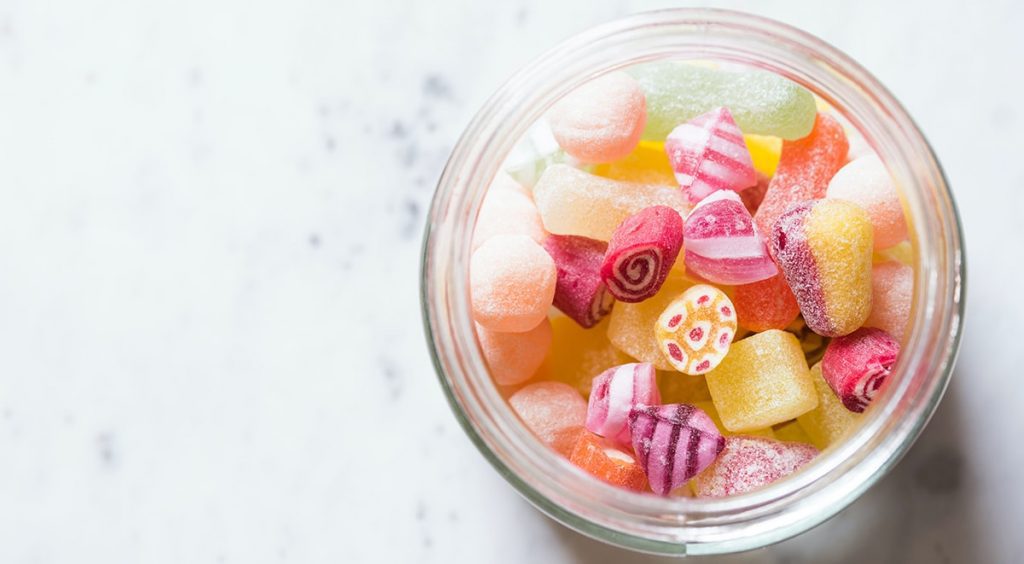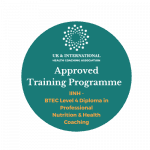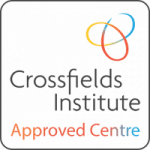To reduce your sugar intake, it is firstly important to prevent your cravings for them! Here are some tips to regulate blood sugars and prevent the need for sugary foods.
Prevent Sugar Cravings
Start the day with healthy fats and protein
Many people begin the day with high carbs foods such as cereal or toast, alongside coffee. This will spike blood sugar levels, leading to a crash an hour or two later and cravings for ‘pick me up’ foods such as coffee and biscuits. By focusing on healthy fats and protein for your first meal of the day you will avoid the need to snack. Here are some breakfast ideas:
- Scrambled eggs, spinach and smoked salmon
- Chia seed pudding
- Smoothies are fantastic for on-the-go breakfasts. However they can oftentimes contain too much fruit which will dysregulate blood sugars. Aim for one serving of fruit and add in some green veg. Also include healthy fats / protein such as 1 tblsp of nut butter, coconut oil, ground flaxseed or ¼ an avocado.
- Oats are a slow release carbohydrate but still need to be balanced out with healthy fats and protein. Add nuts, seeds, nut butter or melted coconut oil to overnight oats for a balanced breakfast.
Aim for 3 well balanced meals
If your meals are well-balanced you will have less desire to snack. However, if you are having a long break between meals it is best to include a healthy snack to avoid overeating later. Avoid filling your meal plate with starchy carbs such as pasta or potatoes, keep them to ¼ of your plate. Fill ½ your plate with colourful veggies / salad and always combine with protein such as meat, fish, eggs, poultry, beans or lentils.
Include fats & protein when snacking
If you need a snack, combine a complex carb (fruit, oatcakes, veggie sticks) with a source of healthy fats / protein (nut butter, nuts, hummus, pesto, cheese). This will prevent sugar cravings or overeating later in the day.
Keep hydrated
If you are ‘detoxing’ from sugar, you may get withdrawal for a day or two such as feeling tired or getting headaches. Ensure you keep hydrated. Oftentimes we can confuse thirst with hunger which leads to unwanted snacking.
Try alternative stress relief techniques
We can often reach for wine or sugary foods to ‘wind down’ in the evening. Use alternative tools other than food to de-stress. Take a magnesium salts bath, write in a journal, go for a walk, read a book, listen to a guided meditation or calming music – reset your habits!

Simple Ways to Reduce Sugar in the Diet
It is important to read labels and calculate how much sugar a food contains. Many products contain high levels of sugar that you may not even be aware of, such as ‘healthy’ yoghurts, pasta sauces, and breakfast cereals.
When you look at the food labels, check under ‘carbohydrates, of which are sugars’. 4g is equal to 1 teaspoon. Compare products that you usually buy and go for an alternative that contains less sugar. The WHO suggest men get no more than 9 tsp of ‘free’ sugar per day, and females no more that 6 tsp. Free sugars refer to added sugar, honey and fruit juice.
Here are some tips on how to reduce the amount of sugar you consume throughout the day:
- Avoid breakfast cereals such as cornflakes, crispies and sugar puffs. Replace with shredded wheat (the large ones!), weetabix or porridge oats. If you enjoy granola, check the sugar content – aim for lower sugar product or make your own!
- Wean yourself off sugar slowly – If you are used to 1 tsp in a cup of tea, reduce it to ½ tsp. After another week reduce to ¼ of a tsp.
- Add cinnamon to foods. Cinnamon helps to regulate blood sugar levels. It also has a ‘sweet’ taste, particularly Ceylon cinnamon.
- Try a sugar alternative such as xylitol. It has less of an effect on blood sugar levels. However, long term you are best to re-set and reduce your taste for sweet things rather than replacing them with alternative sweeteners.
- Did you know that some ‘healthy’ yoghurts, despite being ‘0% fat’ can contain up to 4 tsp of sugar? Instead, buy natural yoghurt and add your own fruit. If you need it a little sweeter, add 1 tsp of maple syrup – it is still less than 4 tsp of white sugar!
- Pasta sauces can contain sugar. It is preferable to by a jar of tomato passata and blend in your own onion or veggies. If you find it tart, add 1 small tsp of dark muscovado sugar.
- If you like chocolate, work towards a high cacao content. It contains less sugar. Start with 70% and work your way up to 85% or 90%. Also check what the first ingredient is on the chocolate, is it sugar or cacao?
- Supplementing with chromium or magnesium, or eating extra greens, can help with sugar or chocolate cravings. Sometimes cravings can come from mineral deficiencies.
- Make some healthy treats to keep in the fridge
- For dessert, keep it simple and enjoy fresh strawberries or stew some frozen berries to serve with fresh cream. Enjoy diced mango or cherries with full fat yoghurt. Try Maggies Coconut, Chia and Smashed Berry Sundae
For more information on kicking your sugar cravings see Irish Nutritional Therapist, Elsa Jones’s book Goodbye Sugar.











